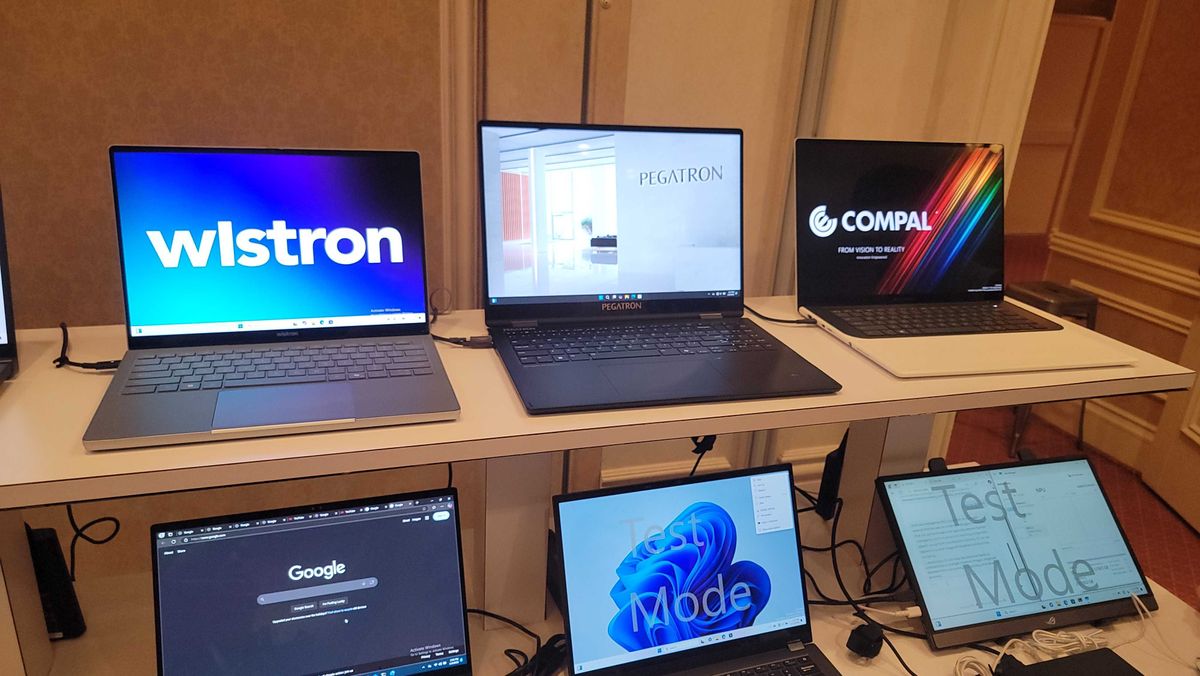Intel said LNL was meant/designed to be a niche product but due to its positive reception, they increased the volume to 3x now. With enterprise vPro models launched now. Shipments will accelerate further than 1.5 million.Something is very strange with the ">1.5m Lunar Lake shipped in 2024".
Intel officially released Lunar Lake in early September 2024, and major Intel OEM partners (DELL, HP, Lenovo, Asus, Acer, Samsung, etc.) launched Lunar Lake-based notebooks by the end of September 2024. Considering that these OEM partners need to procure Lunar Lake processors several months in advance for their contract manufacturing partners (like Foxconn) to meet the September product release date and the Thanksgiving/Christmas shopping season, how can Intel ship only >1.5 million units of Lunar Lake processors in 2024?
They also need to secure enough volume for 1Q2025 notebook production. The >1.5 million unit figure for 2024 seems far too small for a major product launch and inadequate to cover the year-end shopping season globally and 1Q2025 OEM production needs.
To put it into perspective, 51.6 million notebooks were shipped globally in 2023.
But my guess is Intel will try to push ARL-U models to the enterprise segment more than LNL because, ARL-U (another low power CPU for thin and light laptops with decent battery life)is basically a MTL-U ported to Intel 3 and is much more beneficial for Intel's financials.
Intel had shipped >20 million units of AI PC (includes MTL) by the time Pat Gelsinger did the keynote at Lenovo event in October 2024 (the event where he handed over the ES0 sample of PTL to Lenovo CEO). They still expect to ship 100 million units of AI PCs (includes MTL, LNL, ARL, may include PTL too in small numbers) by end of 2025 (including 2024 shipments).

